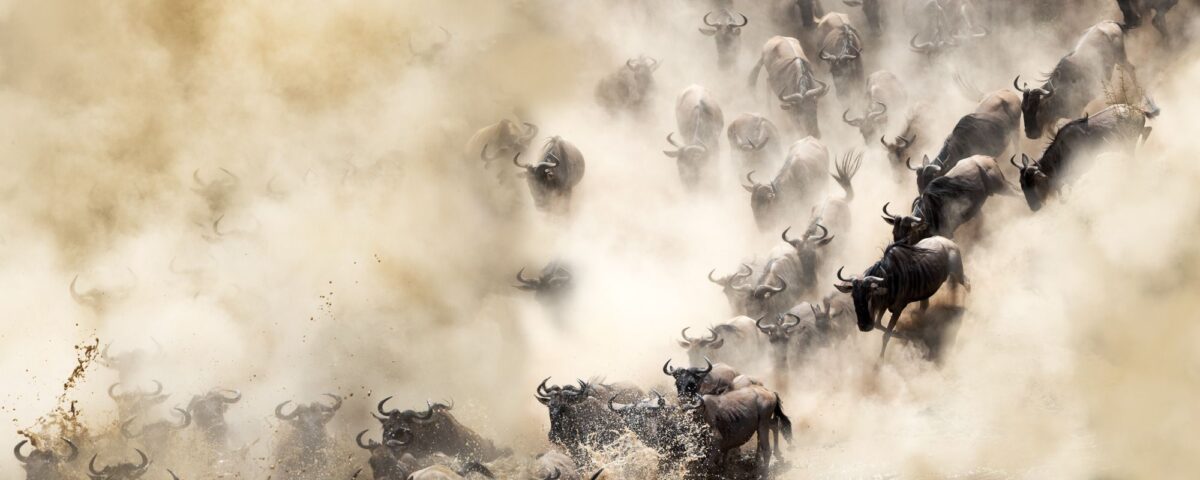Exclusive off-road permit in Maasai Mara
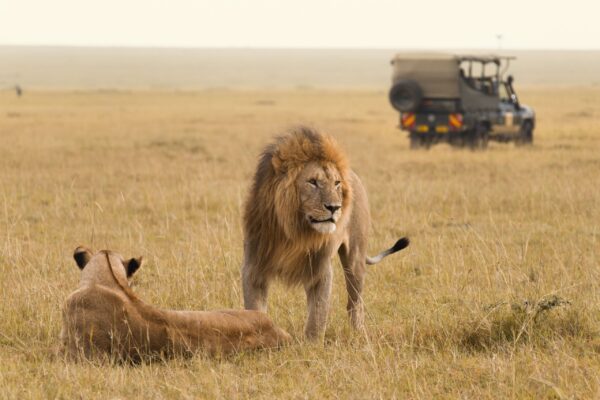
What really makes our photo safaris in Kenya different – is that we can arrange a unique benefit for the workshop participants that very few wildlife photo safari workshops could offer: 3 days off-road permit in the beautiful Maasai Mara during the Great Migration! These notoriously hard to get permits will give us exclusive rights to get as close to the wildlife
as animals will allow. Unlike all other tourists, we will be able to leave the official roads in Maasai Mara National Reserve and drive right through the savannah. Needless to say, closer distance means everything for the wildlife photographer: it could turn good photographs into award-winning images. This permit will also allow us to get closer than anyone else to the river crossing during the Great Migration!
A small number of workshop participants and a lot of space in safari vehicles
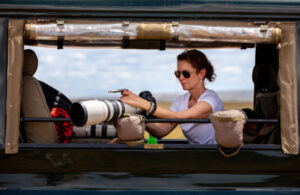 Unlike many other photo safari companies, we offer each photographer one row of seats in a safari vehicle, which allows more room for participants to move around in the customized 4×4 Toyota Land Cruiser, take unobstructed shots, and keep all the photo equipment handy on a separate seat. Since each safari vehicle is shared only by 3 photographers instead of 6-8 people, it significantly raises the expenses for this photo tour, however, we believe that the small group size ensures lots of personal attention and greatly improves the wildlife safari experience for serious photographers! We will also be able to accommodate one non-photographer (a spouse or a partner of a workshop participant) on a front window seat of a Land Cruiser for a reduced price.
Unlike many other photo safari companies, we offer each photographer one row of seats in a safari vehicle, which allows more room for participants to move around in the customized 4×4 Toyota Land Cruiser, take unobstructed shots, and keep all the photo equipment handy on a separate seat. Since each safari vehicle is shared only by 3 photographers instead of 6-8 people, it significantly raises the expenses for this photo tour, however, we believe that the small group size ensures lots of personal attention and greatly improves the wildlife safari experience for serious photographers! We will also be able to accommodate one non-photographer (a spouse or a partner of a workshop participant) on a front window seat of a Land Cruiser for a reduced price.
Safari vehicles custom-built for photographers
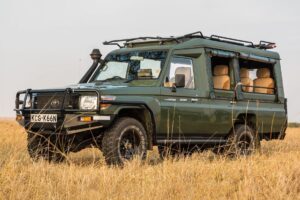
During our workshop, we will use safari vehicles (converted 4×4 Toyota Land Cruisers) that are designed and custom-built with photographers’ needs in mind. These vehicles are equipped with open-sided canvas windows, wooden sidebars for placing or attaching your camera, bean bags for stability, laptop and phone chargers, and a pop-up roof to facilitate game viewing. Needless to say, these safari vehicles are perfectly adapted for wildlife photographers.
Unique shooting position
Not only you will be able to photograph in a sitting position from the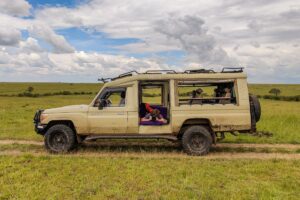 safari car windows or standing up from the roof of the vehicle (the car is equipped with a pop-up roof for better viewing and photography), but also, if desired, we can request our driver to provide us with a completely unique shooting arrangement, not offered by other photo safari companies. We can have the front row of seats and a side door removed, which allows the workshop participants to photograph while laying down on the floor of the vehicle. The shots taken from the animal eye-level give a personal, almost intimate feel to photographs, allowing the viewer to become fully immersed in the scene. This is exactly what most professional wildlife photographers are looking for! And yes, our safari operator will provide a very comfortable mattress for photography from the floor of the vehicle.
safari car windows or standing up from the roof of the vehicle (the car is equipped with a pop-up roof for better viewing and photography), but also, if desired, we can request our driver to provide us with a completely unique shooting arrangement, not offered by other photo safari companies. We can have the front row of seats and a side door removed, which allows the workshop participants to photograph while laying down on the floor of the vehicle. The shots taken from the animal eye-level give a personal, almost intimate feel to photographs, allowing the viewer to become fully immersed in the scene. This is exactly what most professional wildlife photographers are looking for! And yes, our safari operator will provide a very comfortable mattress for photography from the floor of the vehicle.
Experienced wildlife driver-guides specializing in working with the photographers
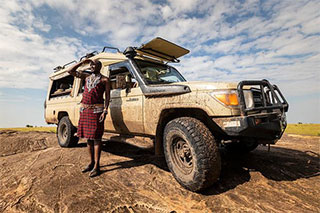 One of the most important factors for the success of the photo safari is the local wildlife guides. For this photo safari, we partnered with the best safari guides and trackers in Kenya. All of them are from the Maasai tribe, born and raised in Maasai Mara. They know this incredible park like the back of their hand. We have been working with these guides for years and we can attest to their amazing skills.
One of the most important factors for the success of the photo safari is the local wildlife guides. For this photo safari, we partnered with the best safari guides and trackers in Kenya. All of them are from the Maasai tribe, born and raised in Maasai Mara. They know this incredible park like the back of their hand. We have been working with these guides for years and we can attest to their amazing skills.
These guides went through extensive training and have thousands of hours working with professional and amateur wildlife photographers. Not only are they natural-born wildlife trackers and certified specialists with extensive knowledge of African flora and fauna, but they also know how to exactly position the car to achieve the best lighting and composition for exceptional photography. They will point out some unique photo opportunities to you. Their advice such as “Get your camera ready, the leopard is going to jump off that tree!” or “Make your shutter speed setting fast, the birds are going to fly off the giraffe’s neck!” can turn ordinary images into amazing award-winning photographs, capturing rare moments that invoke an emotional response from the viewer. A good photo guide can create incredible photographic opportunities, by putting the prey between you and the predator and predicting that the chase is coming your way or positioning the jeep to achieve dramatic backlighting.
Our wildlife guides are very patient and used to working with serious photographers, who often take a longer time when composing their shots or simply waiting for a rare moment to happen. They are aware of the difference between the needs of the clients on a wildlife photo safari as compared to the clients on a regular sightseeing game drive.
In addition to public radio channels that are used by regular guides, our guides have vast personal networks (phone calls, Facebook closed groups, private radio channels) through which they receive information about rare sightings. Having a large network is crucially important for the most amazing photo opportunities.
Affordable prices
Photo safaris during the Great Migration are notoriously expensive, with prices starting at $1000 per day. We offer so much more but charge so much less!
Image review and post-processing instructions
We will spend most of the day in the field photographing wildlife. However, after the sunset and during the mid-day, when the light gets too harsh and the animals are not active, we will return to the camp. We will allocate time to review images and discuss shooting techniques. Your photography instructor will help you with post-processing your images in Photoshop to get the most out of them.


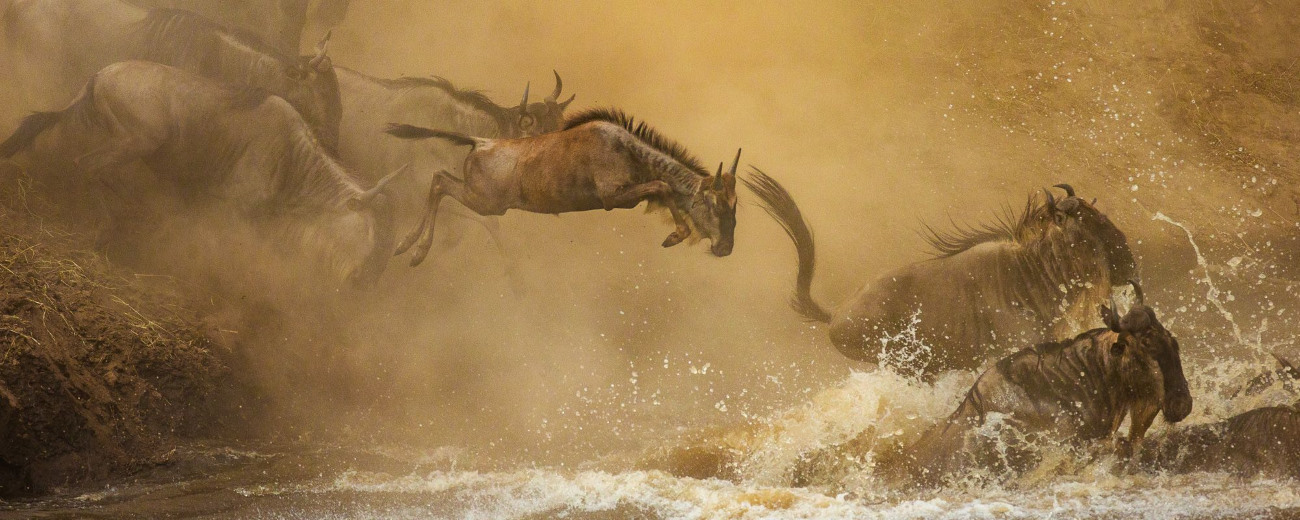
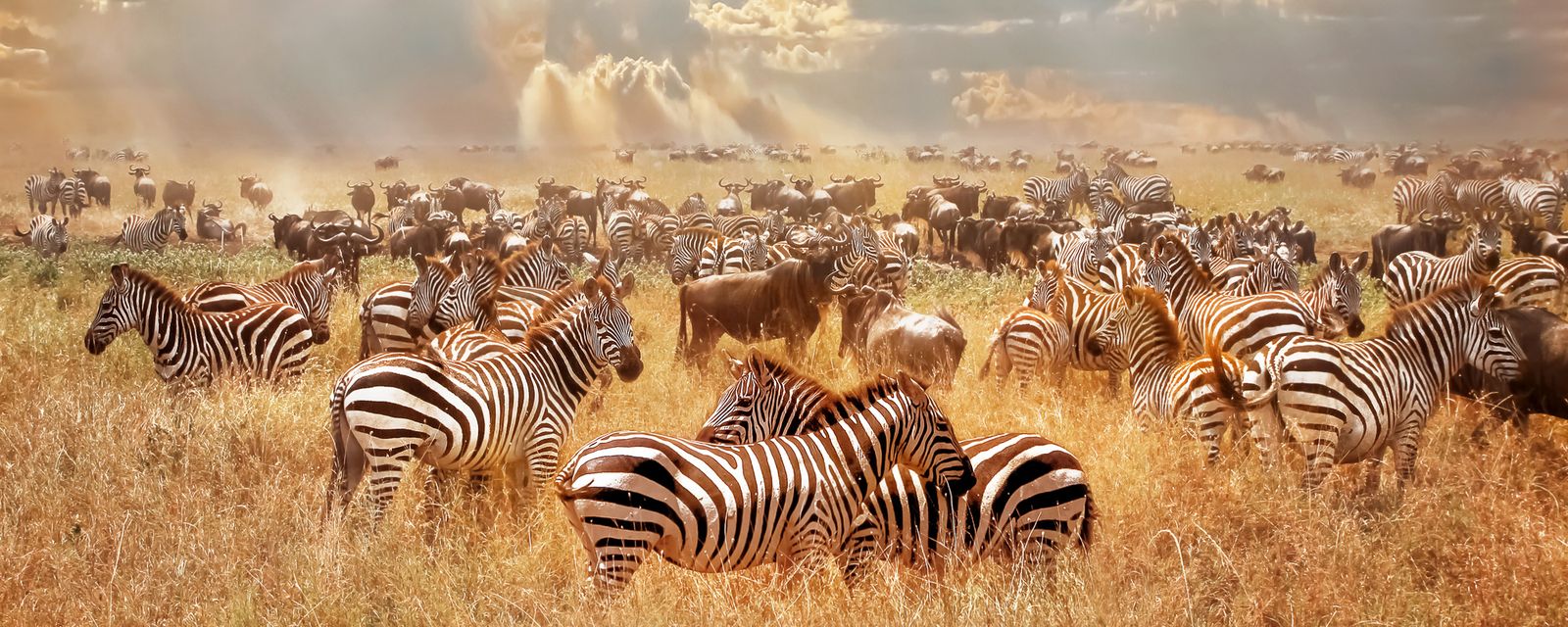
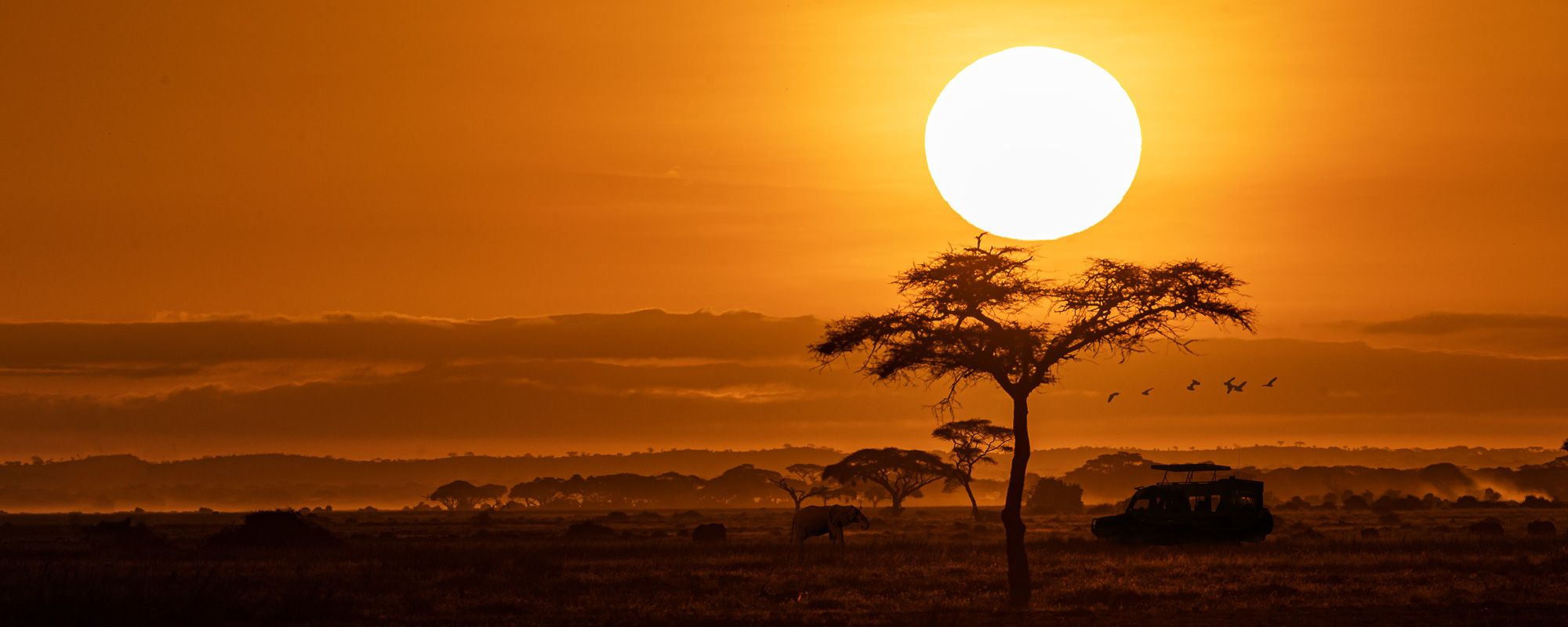

 Unlike many other photo safari companies, we offer each photographer one row of seats in a safari vehicle, which allows more room for participants to move around in the customized 4×4 Toyota Land Cruiser, take unobstructed shots, and keep all the photo equipment handy on a separate seat. Since each safari vehicle is shared only by 3 photographers instead of 6-8 people, it significantly raises the expenses for this photo tour, however, we believe that the small group size ensures lots of personal attention and greatly improves the wildlife safari experience for serious photographers! We will also be able to accommodate one non-photographer (a spouse or a partner of a workshop participant) on a front window seat of a Land Cruiser for a reduced price.
Unlike many other photo safari companies, we offer each photographer one row of seats in a safari vehicle, which allows more room for participants to move around in the customized 4×4 Toyota Land Cruiser, take unobstructed shots, and keep all the photo equipment handy on a separate seat. Since each safari vehicle is shared only by 3 photographers instead of 6-8 people, it significantly raises the expenses for this photo tour, however, we believe that the small group size ensures lots of personal attention and greatly improves the wildlife safari experience for serious photographers! We will also be able to accommodate one non-photographer (a spouse or a partner of a workshop participant) on a front window seat of a Land Cruiser for a reduced price.
 safari car windows or standing up from the roof of the vehicle (the car is equipped with a pop-up roof for better viewing and photography), but also, if desired, we can request our driver to provide us with a completely unique shooting arrangement, not offered by other photo safari companies. We can have the front row of seats and a side door removed, which allows the workshop participants to photograph while laying down on the floor of the vehicle. The shots taken from the animal eye-level give a personal, almost intimate feel to photographs, allowing the viewer to become fully immersed in the scene. This is exactly what most professional wildlife photographers are looking for! And yes, our safari operator will provide a very comfortable mattress for photography from the floor of the vehicle.
safari car windows or standing up from the roof of the vehicle (the car is equipped with a pop-up roof for better viewing and photography), but also, if desired, we can request our driver to provide us with a completely unique shooting arrangement, not offered by other photo safari companies. We can have the front row of seats and a side door removed, which allows the workshop participants to photograph while laying down on the floor of the vehicle. The shots taken from the animal eye-level give a personal, almost intimate feel to photographs, allowing the viewer to become fully immersed in the scene. This is exactly what most professional wildlife photographers are looking for! And yes, our safari operator will provide a very comfortable mattress for photography from the floor of the vehicle. One of the most important factors for the success of the photo safari is the local wildlife guides. For this photo safari, we partnered with the best safari guides and trackers in Kenya. All of them are from the Maasai tribe, born and raised in Maasai Mara. They know this incredible park like the back of their hand. We have been working with these guides for years and we can attest to their amazing skills.
One of the most important factors for the success of the photo safari is the local wildlife guides. For this photo safari, we partnered with the best safari guides and trackers in Kenya. All of them are from the Maasai tribe, born and raised in Maasai Mara. They know this incredible park like the back of their hand. We have been working with these guides for years and we can attest to their amazing skills.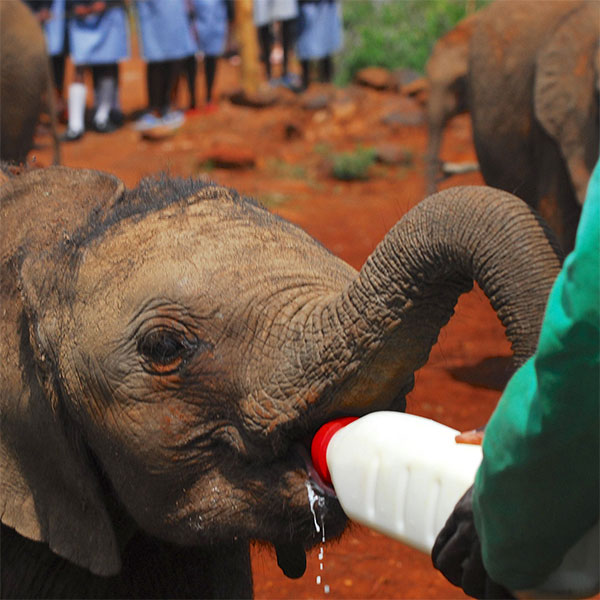
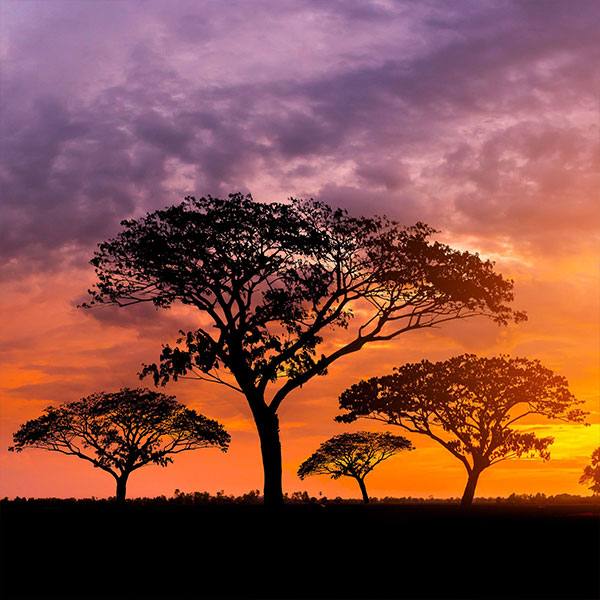
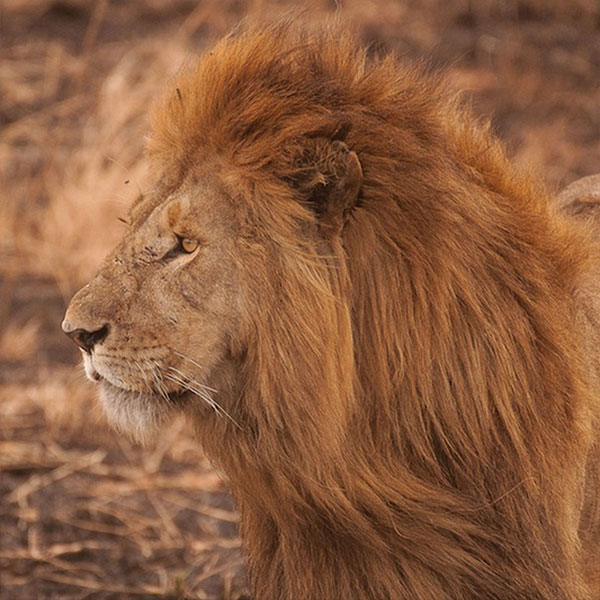
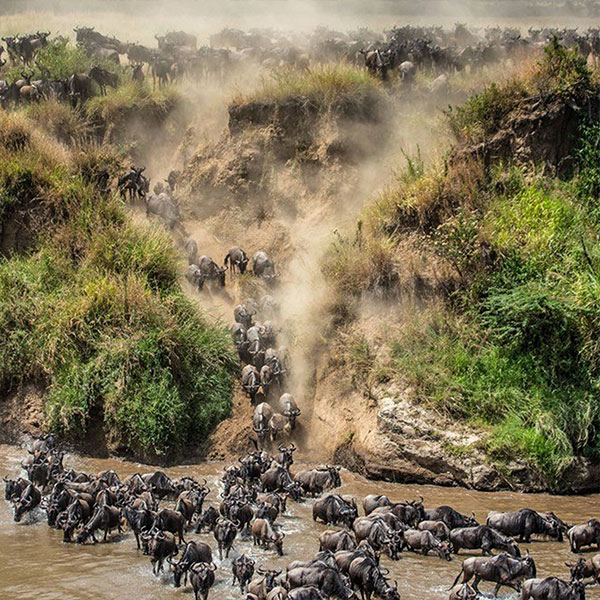
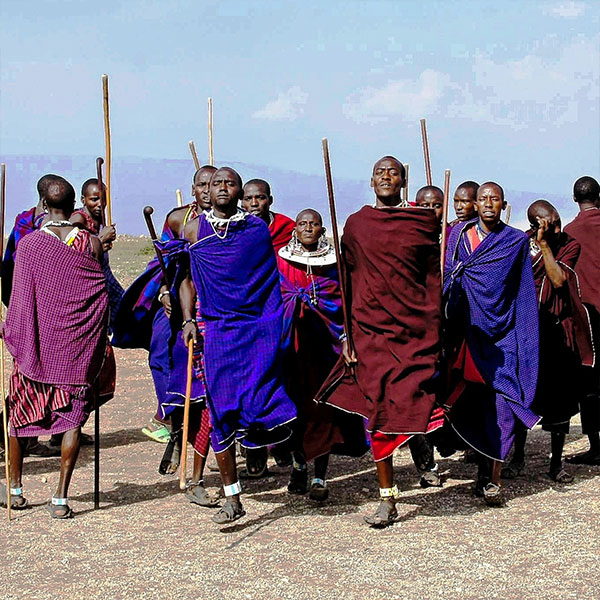
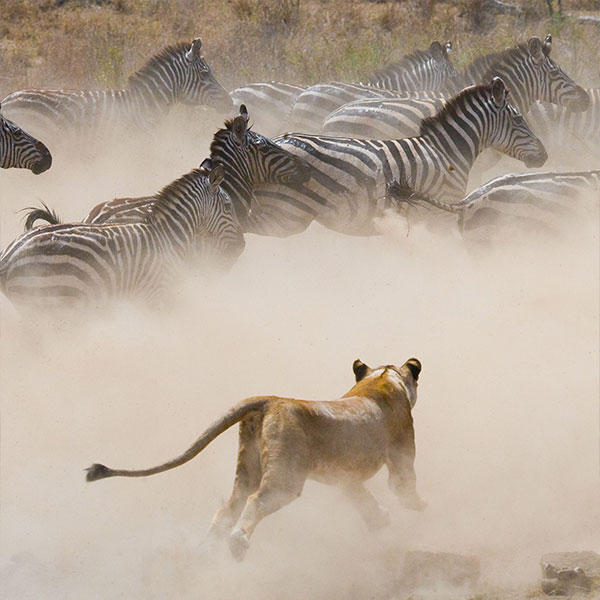
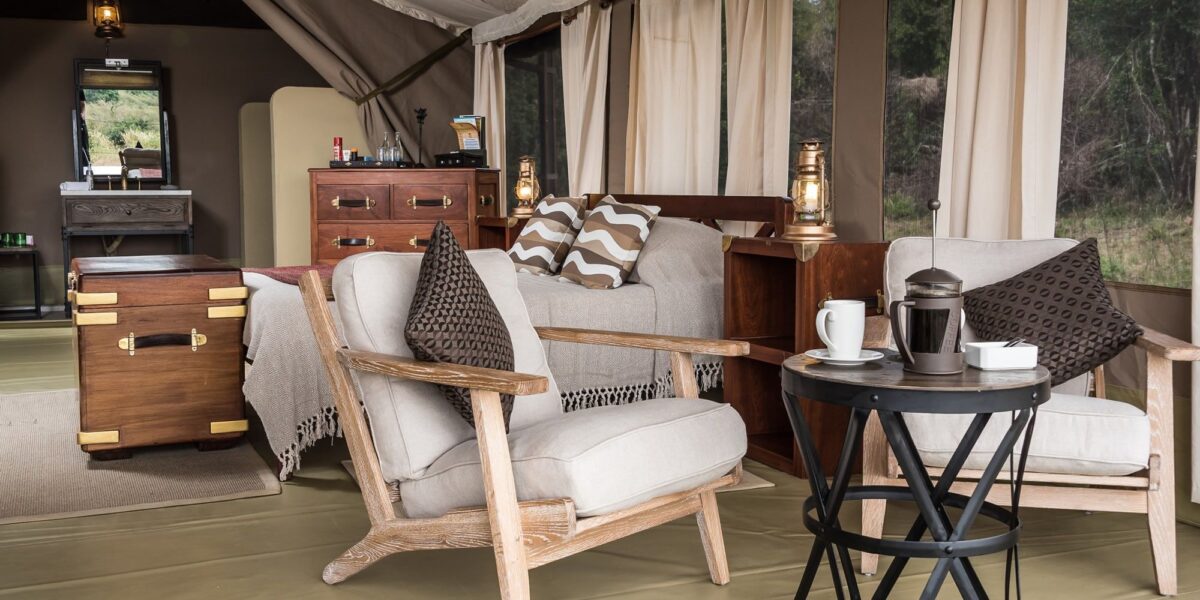
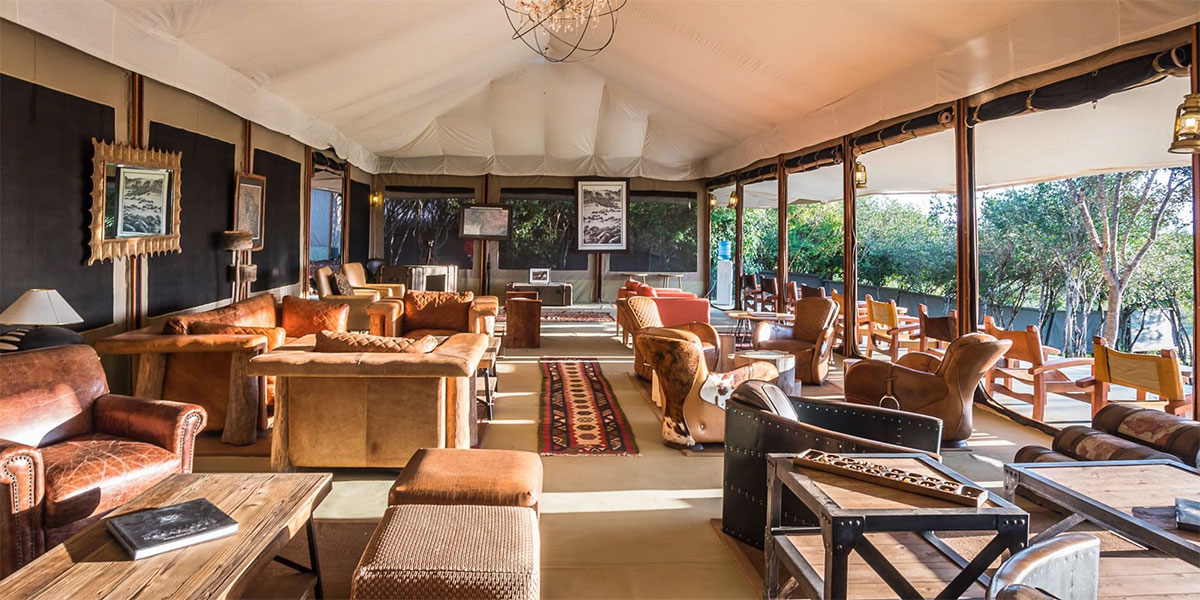 A short walk to the main hall and the dining area provides an excellent place to rest and meet other safari-goers over a freshly prepared cocktail, glass of wine, or any other drink of your choice. Scrumptious meals are prepared by expert chefs and served in the dining area. Following a full day of game viewing and photography, you will have the opportunity to relax in your luxury tent while listening to the wild sounds of the savannah – an experience that comes close to true bliss.
A short walk to the main hall and the dining area provides an excellent place to rest and meet other safari-goers over a freshly prepared cocktail, glass of wine, or any other drink of your choice. Scrumptious meals are prepared by expert chefs and served in the dining area. Following a full day of game viewing and photography, you will have the opportunity to relax in your luxury tent while listening to the wild sounds of the savannah – an experience that comes close to true bliss.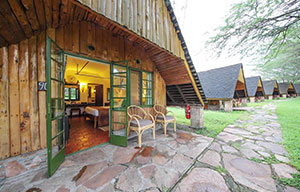
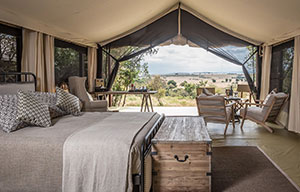
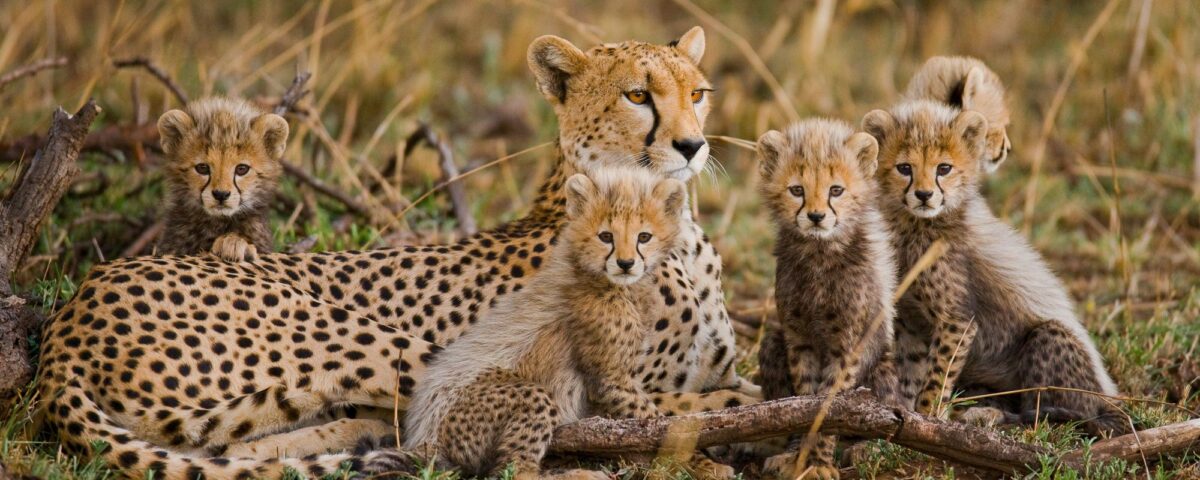
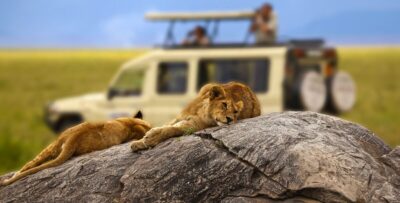 We will spend most of our time in the field shooting. We will wake up much earlier than the regular tourists and arrive at our morning photo location before sunrise. Often, we will bring a picnic breakfast with us, so we don’t miss any photo opportunity when the light is still fantastic, by having to rush back to the camp.
We will spend most of our time in the field shooting. We will wake up much earlier than the regular tourists and arrive at our morning photo location before sunrise. Often, we will bring a picnic breakfast with us, so we don’t miss any photo opportunity when the light is still fantastic, by having to rush back to the camp.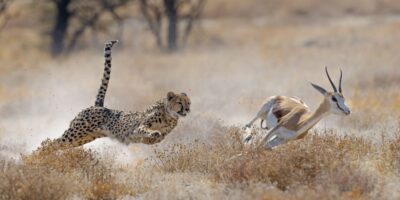 The focus of a photo tour or photo safari is to take a group of photographers to an incredible destination at the best time of the year and at the right time of the day, ensuring the best possible lighting. Instructors will spend a lot of time in advance preparing logistics and itineraries for the tour, based on their own prior personal experience. For each photo safari, they establish a relationship with an experienced team that deeply understands photographers’ needs. The instructor does not spend as much time guiding/teaching the tour participants as on a workshop, but rather helps participants to create their own photographic vision of a scene, being supportive by answering all their questions.
The focus of a photo tour or photo safari is to take a group of photographers to an incredible destination at the best time of the year and at the right time of the day, ensuring the best possible lighting. Instructors will spend a lot of time in advance preparing logistics and itineraries for the tour, based on their own prior personal experience. For each photo safari, they establish a relationship with an experienced team that deeply understands photographers’ needs. The instructor does not spend as much time guiding/teaching the tour participants as on a workshop, but rather helps participants to create their own photographic vision of a scene, being supportive by answering all their questions.